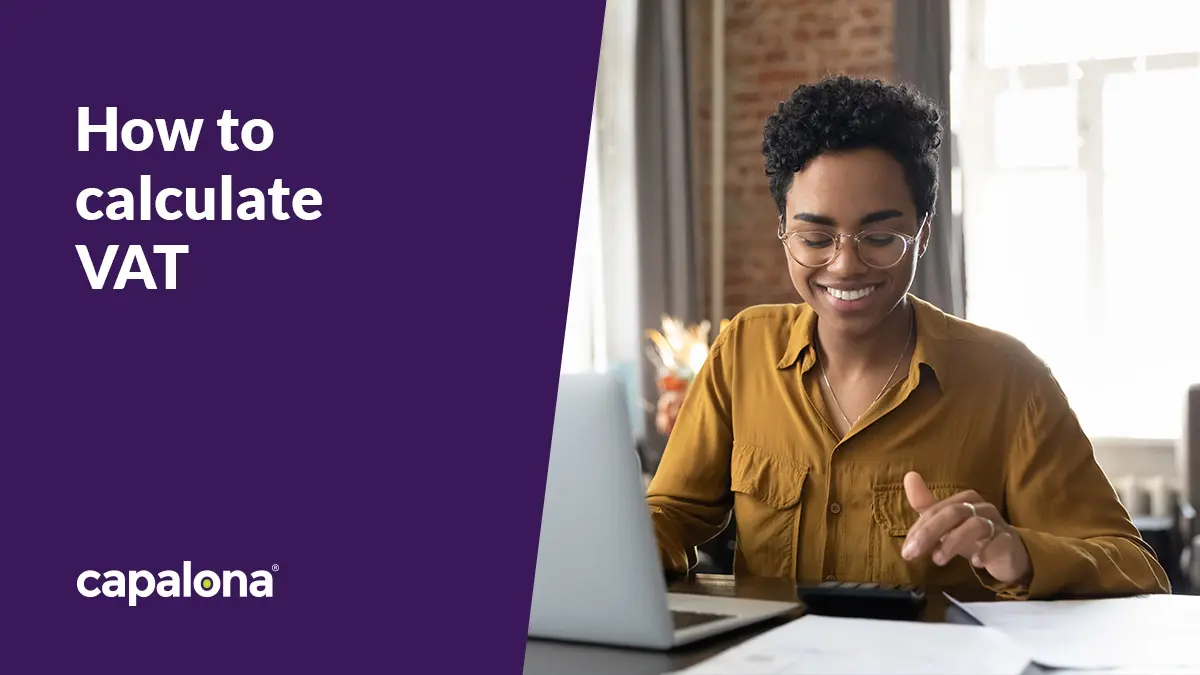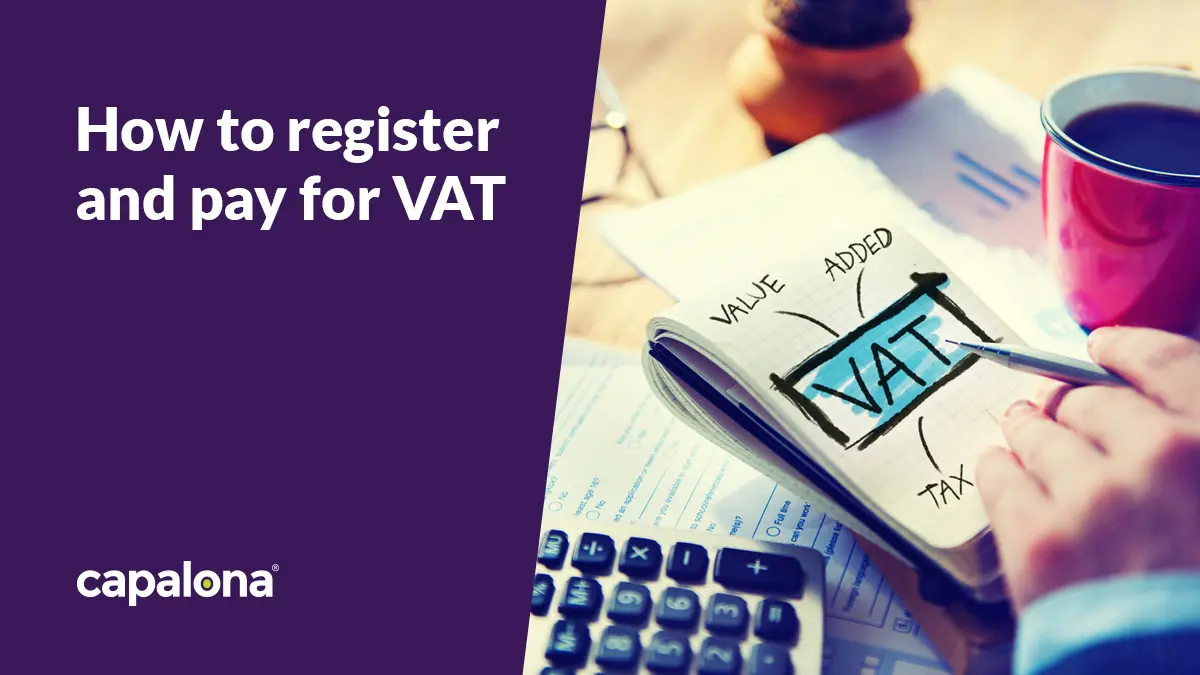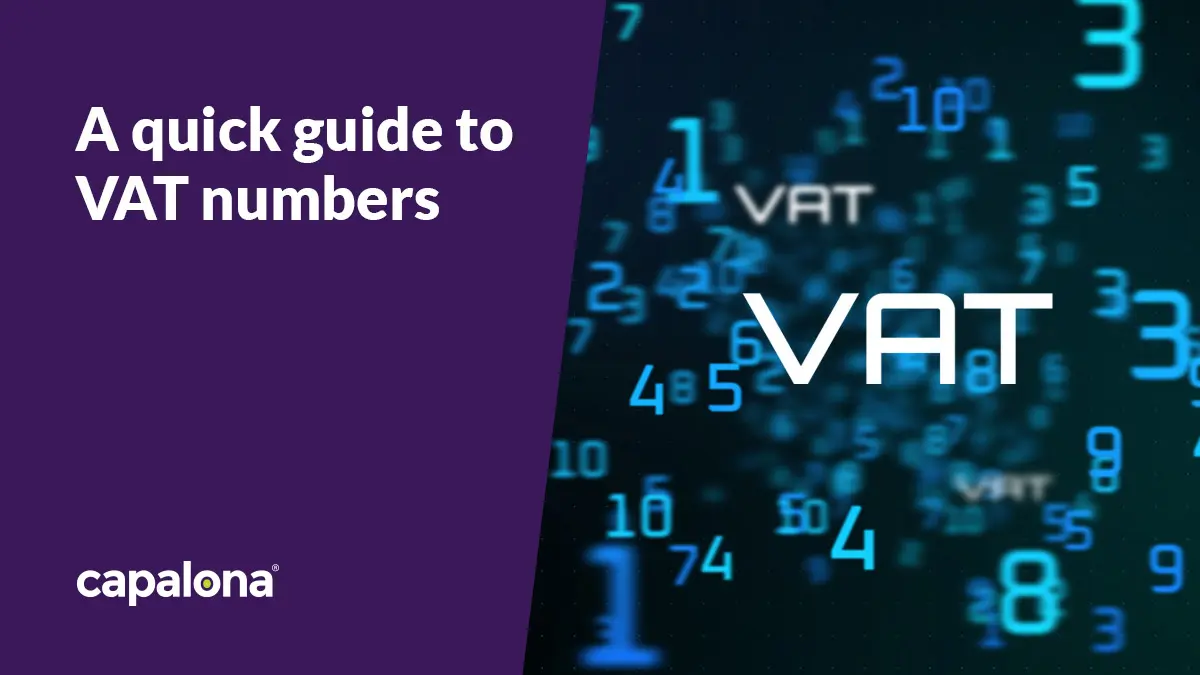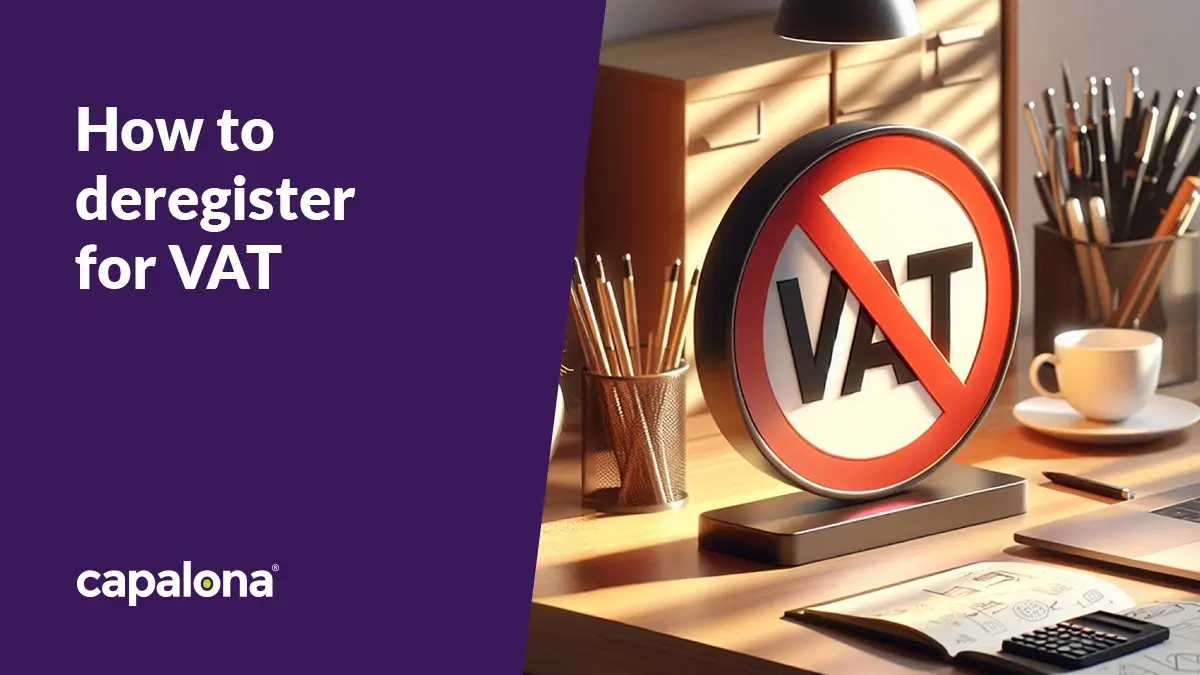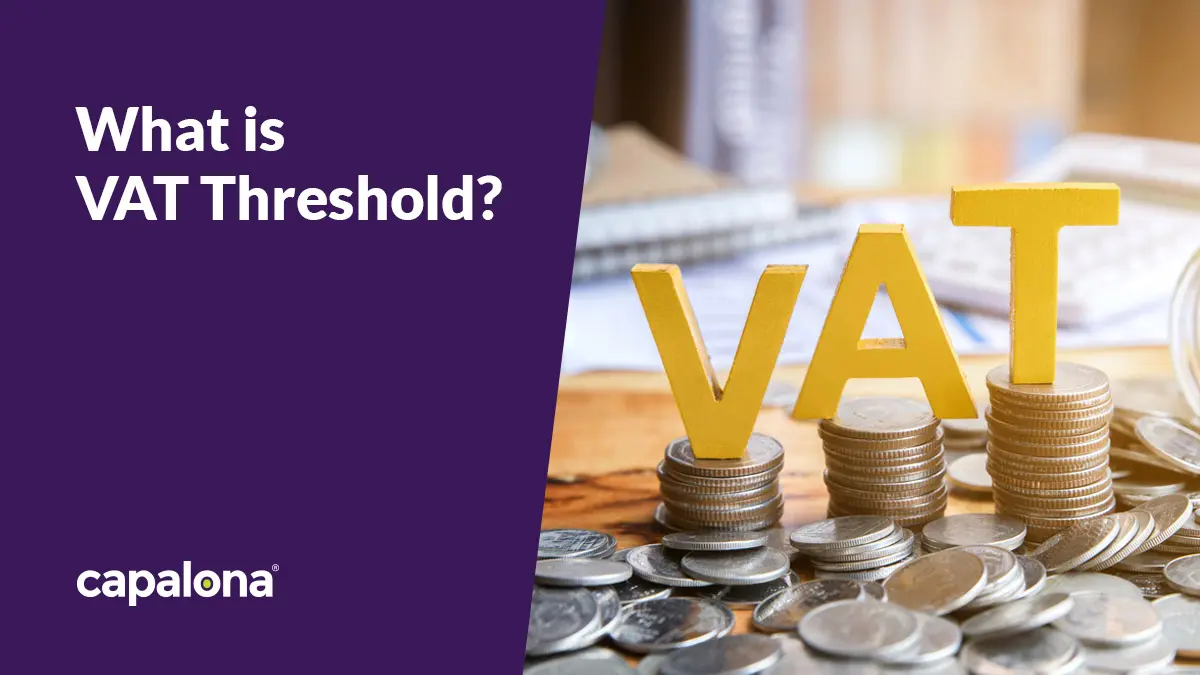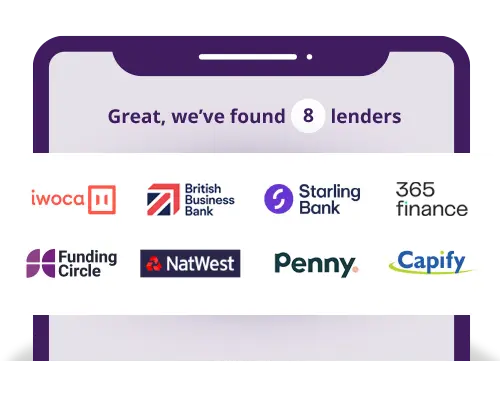If you're VAT registered or are thinking of becoming registered, you'll want to learn how VAT is calculated to ensure you're paying what you owe.
In this blog, we're explaining what VAT is, the UK rates to be aware of and how to calculate it. Remember, you don't have to calculate any of this if you're using an accountant! But it's always good to have a basic understanding of what your business is liable to pay HMRC.
What is VAT?
VAT stands for value-added tax and is a tax rate paid by businesses with a taxable income of over £90,000 in the UK. But even if you don't hit this income threshold, you can still register and pay VAT.
Businesses collect the value-added tax from customers and pass it onto HMRC through their VAT returns.
There are three VAT rates you should be aware of:
Standard rate (20%). This is the rate consumers pay for most goods and services. So if you offer professional services, e.g. you're a business consultant, or you sell clothes (excluding children's clothes) or electronics, this is the rate you'll charge customers.
Reduced rate (5%). This rate applies to specific goods and services in the UK, including domestic heating fuel, gas and electricity, stop smoking products like nicotine and items including children's car seats.
Zero rate (0%). There are some items you don't charge value-added tax on, including children's clothes and footwear, printed books, most food and drink, newspapers, medicine and charitable goods.
How to calculate VAT
For a quick and easy way to calculate VAT, use our VAT calculator tool.
To manually calculate the standard rate VAT at 20%, simply multiply the net price by 1.2. and to calculate a reduced VAT rate multiply the net price by 1.05.
A standard VAT (20%) rate example:
The item's net price is £200. Multiply £200 x 1.2 = £240.
A reduced VAT (5%) rate example:
The item's net price is £200. Multiply £200 x 1.05 = £210.
How to work out the price before VAT
To work out the price of an item before VAT, you simply reverse the formula. So if the VAT rate is 20% and the gross item price is £240, remove the rate by dividing the gross price £240 / 1.2 = £200.
How to calculate VAT from gross
To calculate the VAT on a certain product, first, take the gross price (the price including VAT) and divide it by either 1.2 for the standard VAT rate or 1.05 for the reduced rate.
Then subtract the net price from the gross to get the price of VAT, for example:
£240 (gross price) / 1.2 (standard rate) = £200 (net price)
£240 (gross price) - £200 (net price) = £40 (VAT amount)
Businesses need to work out VAT from gross to ensure accurate VAT returns and payments to HMRC. Being able to separate VAT from gross also helps keep pricing transparent for customers.

How to complete your VAT return
You can either complete and submit your VAT return yourself as the business owner or you can get an accountant to submit it on your behalf.
You can submit your return online to make it as quick and easy as possible. To ensure the return goes smoothly, you're best gathering the following information before starting:
- Total sales and business purchases
- Total VAT charged on sales
- VAT you've paid on business purchases
Subtract the input VAT (valued-added tax from business purchases) from your output VAT (value-added tax charged on sales) to calculate the amount of VAT you owe. Or, if you don't owe any, it'll show you how much you can reclaim.
Next steps
Fill in your VAT return online. The form will ask you for the figures you just calculated, i.e. total VAT charged on purchases, on business purchases, etc.
Submit your form online and pay what you owe, or await a refund if applicable.
Should I apply for a VAT loan?
Applying for a VAT loan means you can spread your VAT bill over months rather than paying it all in one go.
Even if you have adequate funds to pay your VAT bill in full, it stands to eat into your working capital. Instead, spreading the cost with a loan helps you maintain positive cash flow, giving you room to breathe and invest in your business over the coming months.
Learn more about VAT loans or apply for a free quote today. (Getting a quote doesn't affect your credit score.)

